78 years ago today: Historical photos show aftermath in Nagasaki after US drops atomic bomb
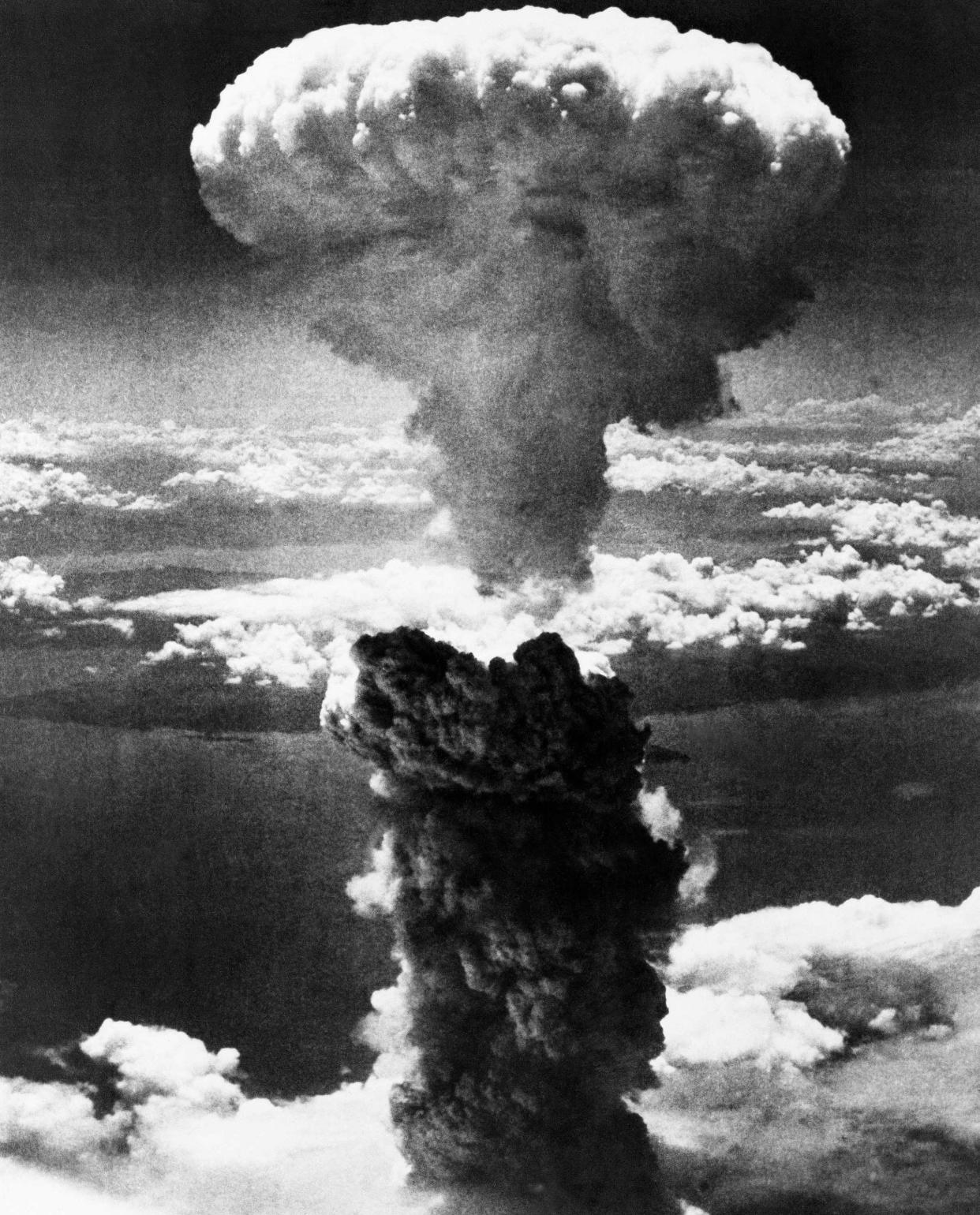
The world's second atomic bomb was dropped on Nagasaki, Japan, by the U.S. 78 years ago, killing over 70,000 people and ultimately leading to the end of World War II.
The U.S. dropped its second atomic bomb on Nagasaki at 11:02 a.m. on Aug. 9, 1945, from a B-29 Bomber known as Bockscar. The destruction from the explosion spanned nearly three miles and destroyed much of the town. The first atomic bomb used by the U.S. was dropped on Hiroshima on Aug. 6, 1945.
Japan later surrendered on Aug. 15, 1945.
The attacks on Japan have received renewed interest in recent months after the release of Christopher Nolan's movie "Oppenheimer," which is centered around the creation of the atomic bomb. Nagasaki's Mayor, Shiro Suzuki, declared Wednesday that nuclear weapons should be abolished, but the victims of the bombs need to continue to be remembered.
“Now is the time to show courage and make the decision to break free from dependence on nuclear deterrence,” Suzuki said. “As long as states are dependent on nuclear deterrence, we cannot realize a world without nuclear weapons.”
Previously: This is what it looked like after the US dropped an atomic bomb on Hiroshima
Here's what the Nagasaki bombing looked like.
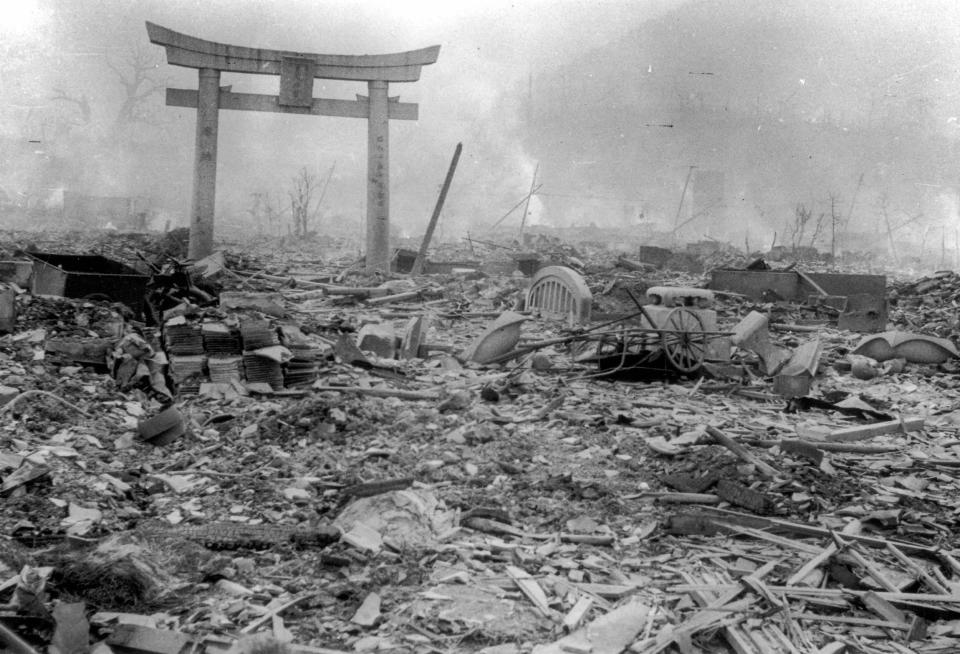
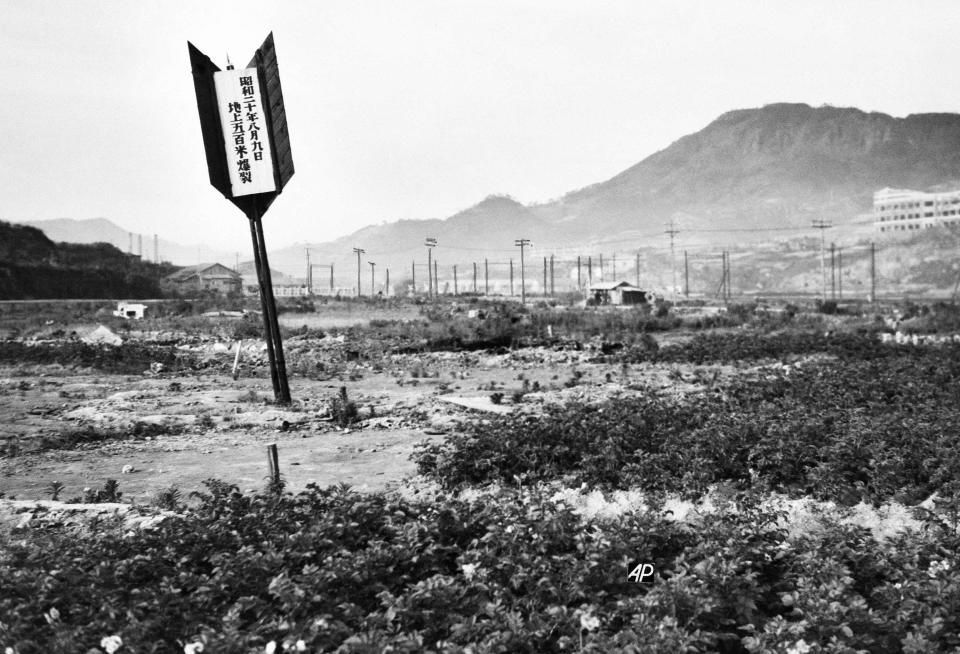
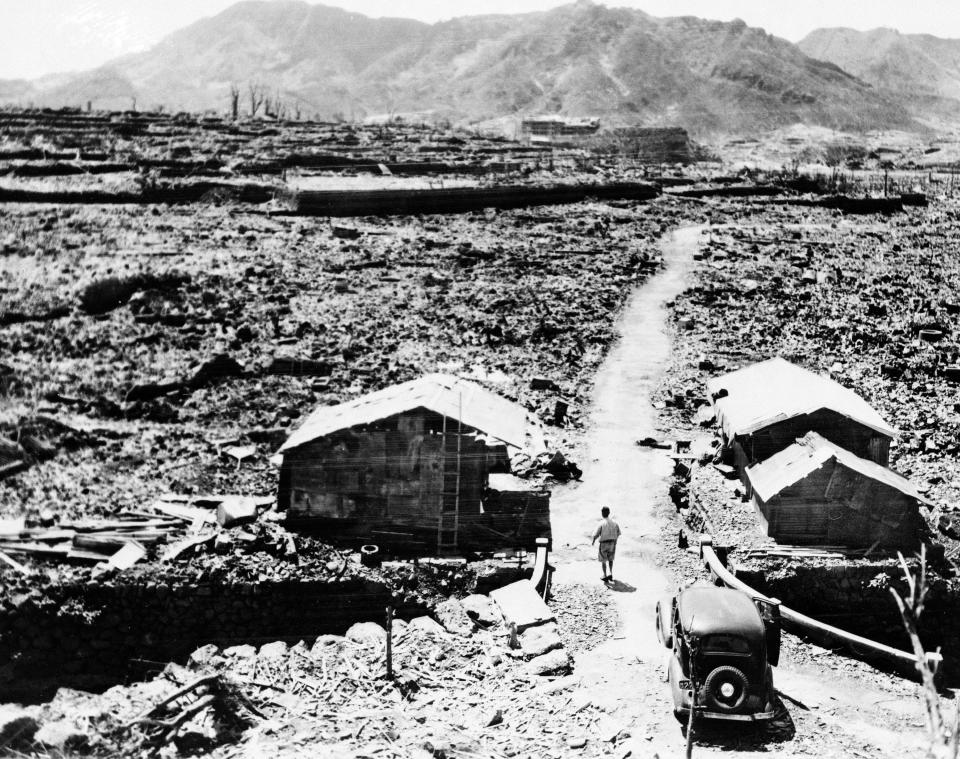
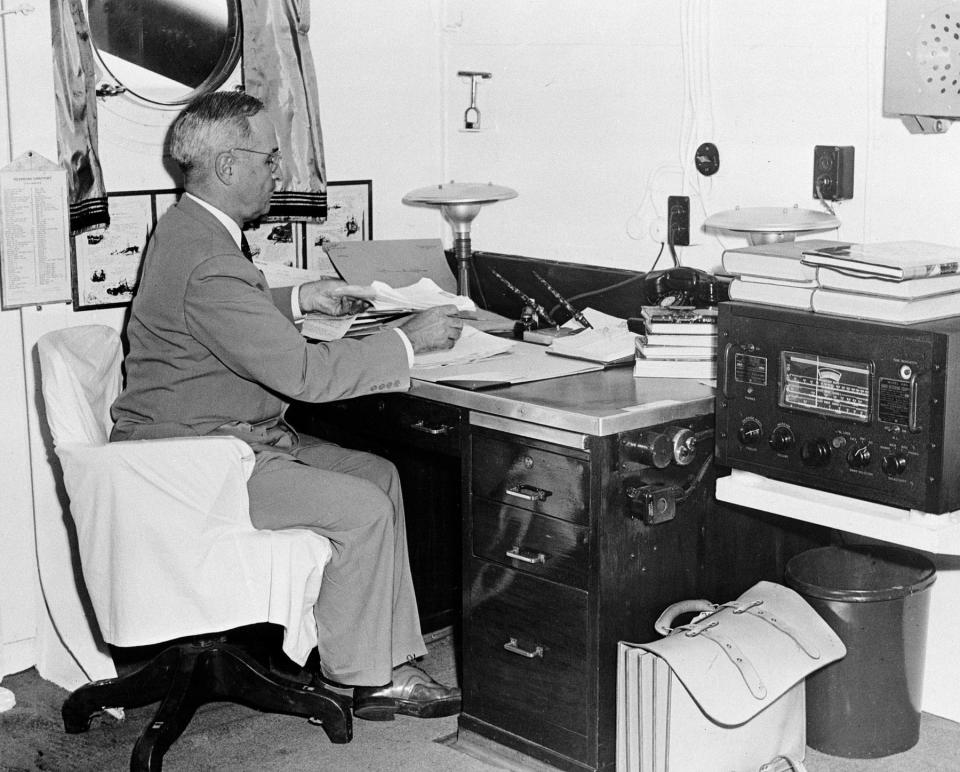
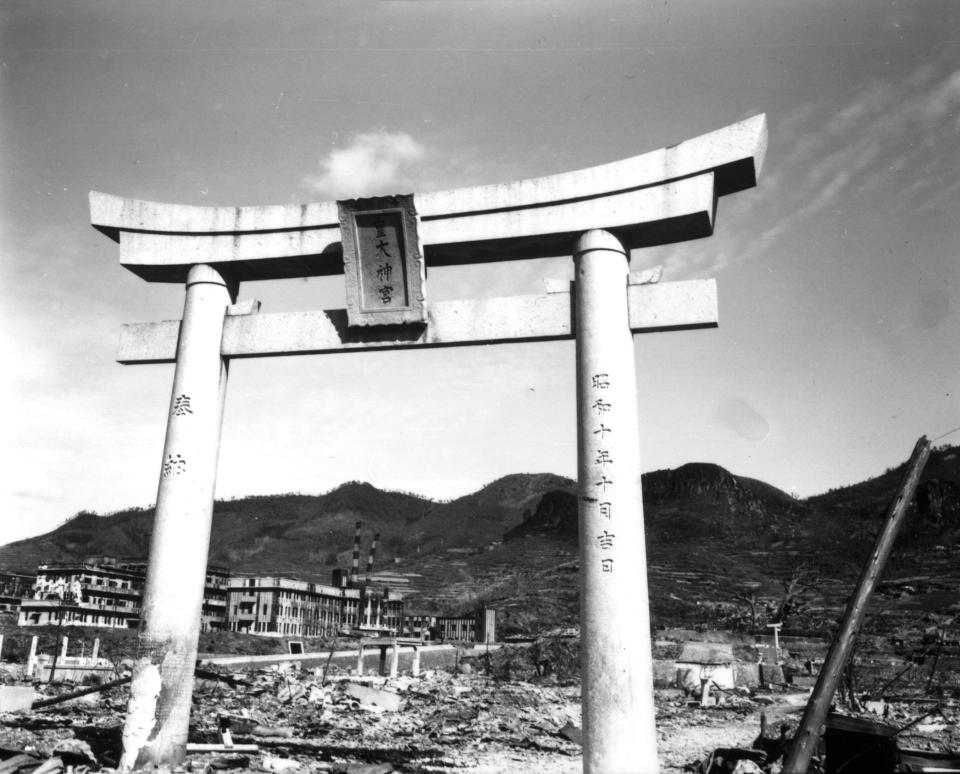
Contributing: The Associated Press
This article originally appeared on USA TODAY: Nagasaki atomic bomb anniversary: Photos show aftermath of US bombing

